- "경찰 코스튬 안돼요"…할로윈 앞두고 단속 나선다
- [중앙이코노미뉴스 엄현식 기자] 오는 31일 할로윈 데이를 앞두고 경찰청은 경찰 복장·장비(코스튬) 판매·착용 행위를 집중 단속한다고 28일 밝혔다.이는 사고 발생 시 실제 경찰과 오인할 가능성 등이 있기도 하고 경찰제복장비법상 경찰공무원이 아닌 일반인이 경찰제복 또는 경찰제복과 유사한 복장을 착용하거나 경찰 장비를 소지하는 것은 불법이다.이를 어기면 6개월 이하 징역이나 300만원 이하 벌금에 처할 수 있다. 판매자는 1년 이하 징역 또는 1000만원 이하 벌금에 처한다.경찰은 지난 25일부터 시작해 다음 달 3일까지 핼러윈 전후
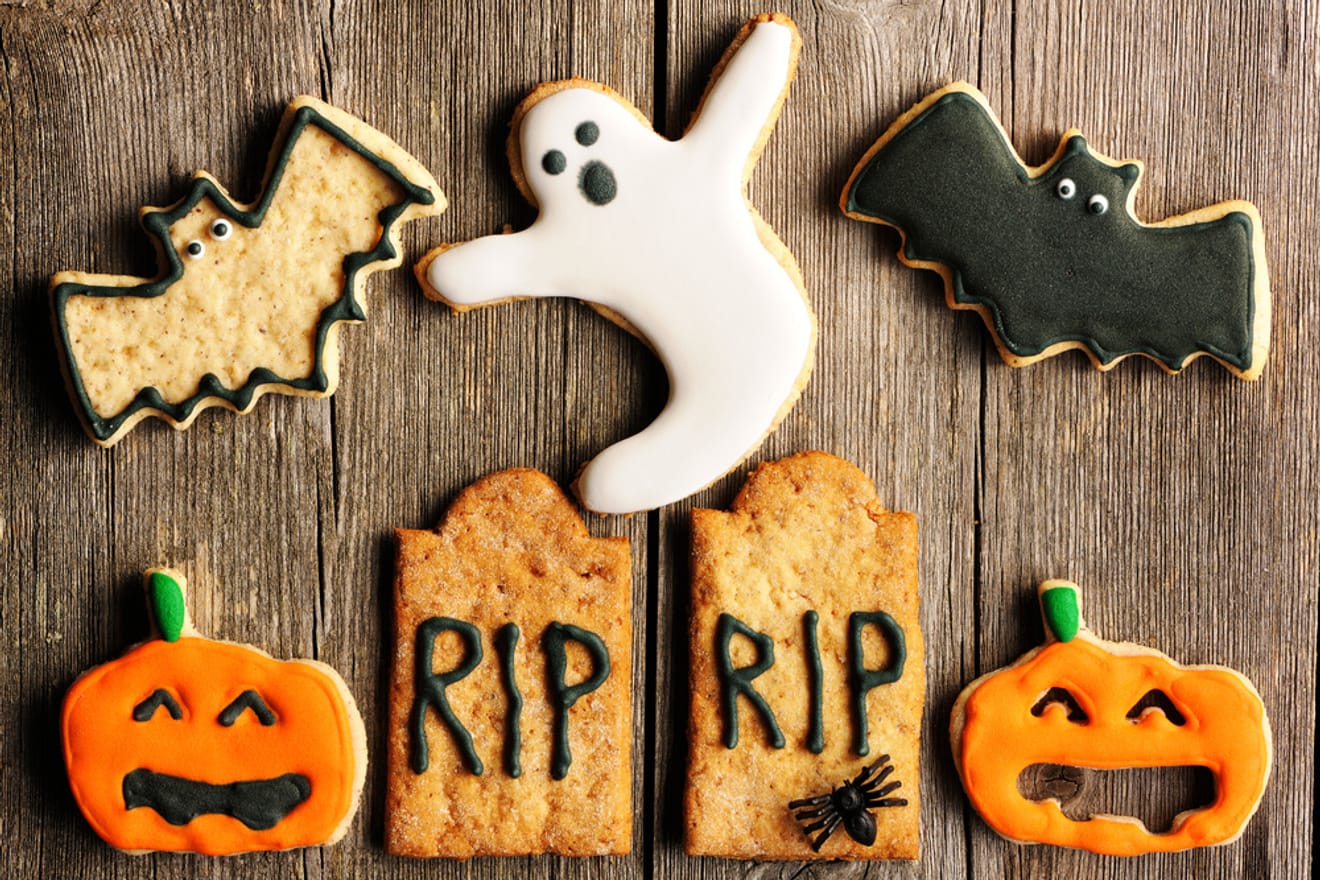
Every October 31st, a full moon rises in the night sky, and jack-o'-lanterns brightly illuminate homes.
Children, transformed into monsters and witches, go from house to house shouting ‘trick or treat!’,
while adults enjoy costume parties, blowing away the stresses of everyday life.
However, Halloween is not simply a day for fun.
It holds a special meaning, imbued with a long history and diverse cultural elements.
🎃
Halloween, where did it begin?
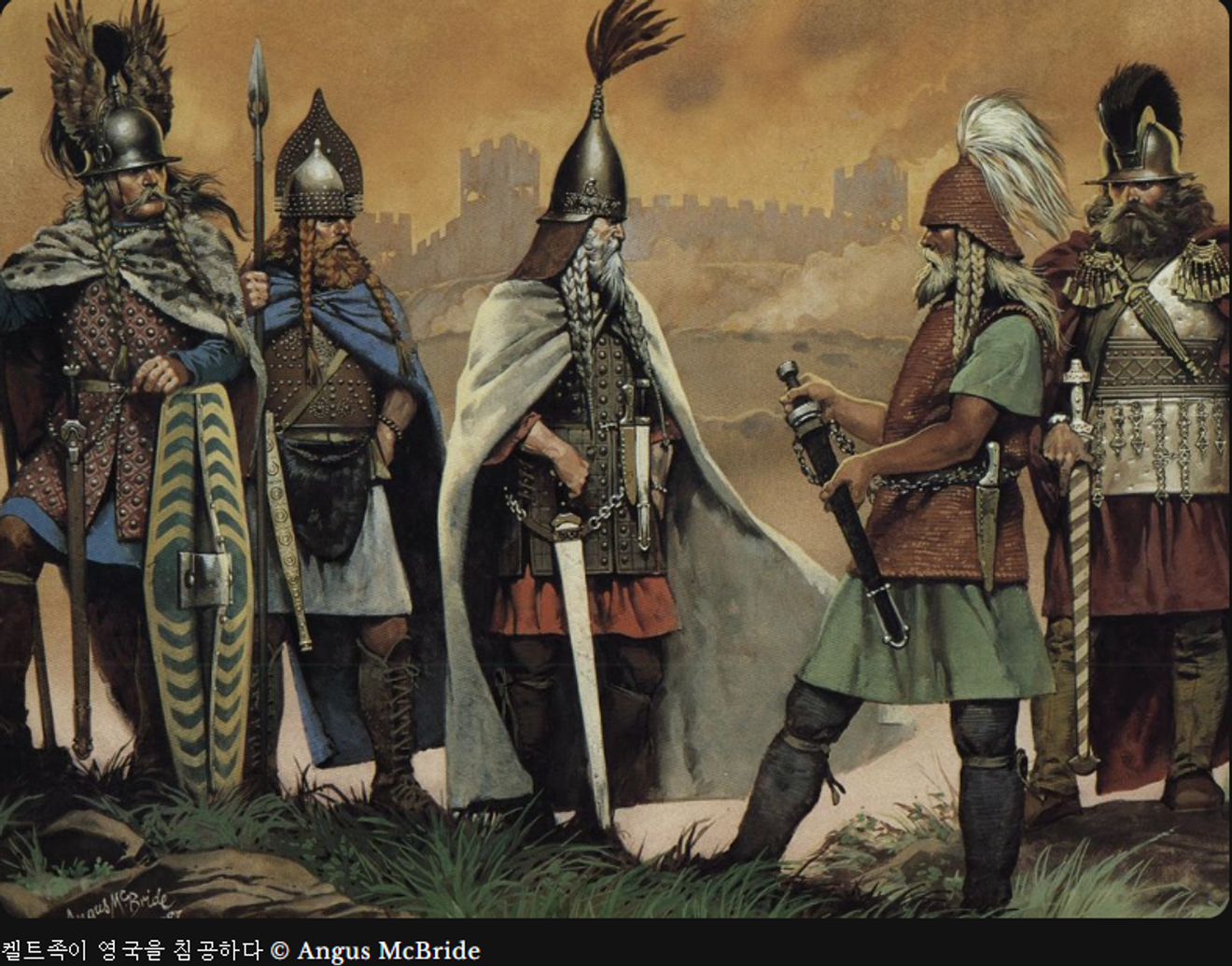
Source: history-maps.com
The origins of Halloween can be traced back to the ancient Celtic festival, ‘Samhain’.
The Celts commemorated the year with four holidays, and the most important day among them was ‘Samhain’.
The Celts considered ‘Samhain’ to bethe end of one year and the beginning of a new one,
believing that on this night, the spirits of the dead would visit the human world.
To ward off evil spirits and appease the souls of the dead, people disguised themselves in grotesque forms and performed rituals offering food.
🎃
Halloween comes to America
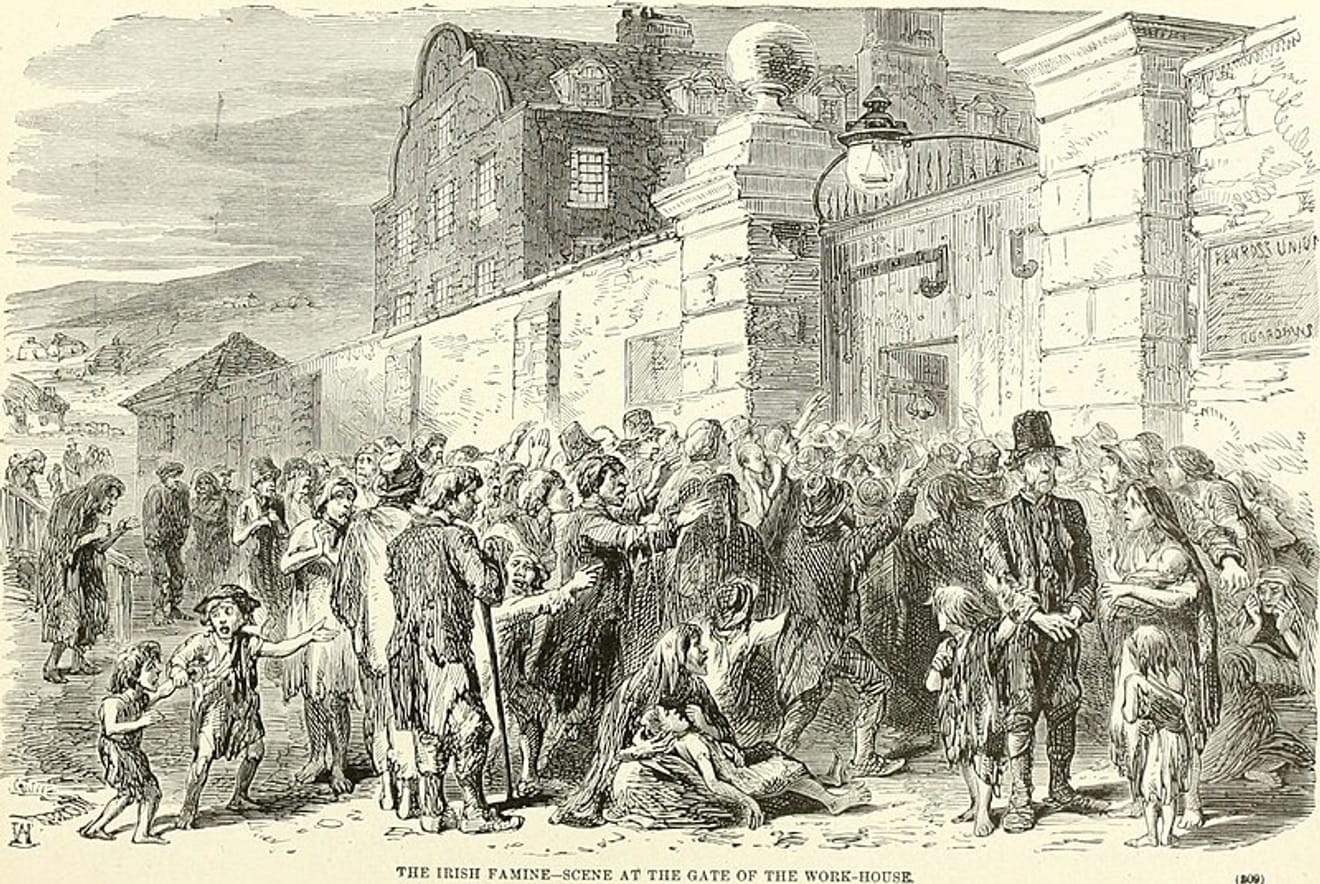
In the mid-19th century, the Irish Potato Famine led many people to immigrate to America, spreading Halloween culture with them.
Initially, it was observed on a small scale, mainly by Irish immigrants,
but over time, it spread throughout the United States, evolving into the large-scale festival we know today.
🎃
Jack-o'-lanterns and trick or treat!
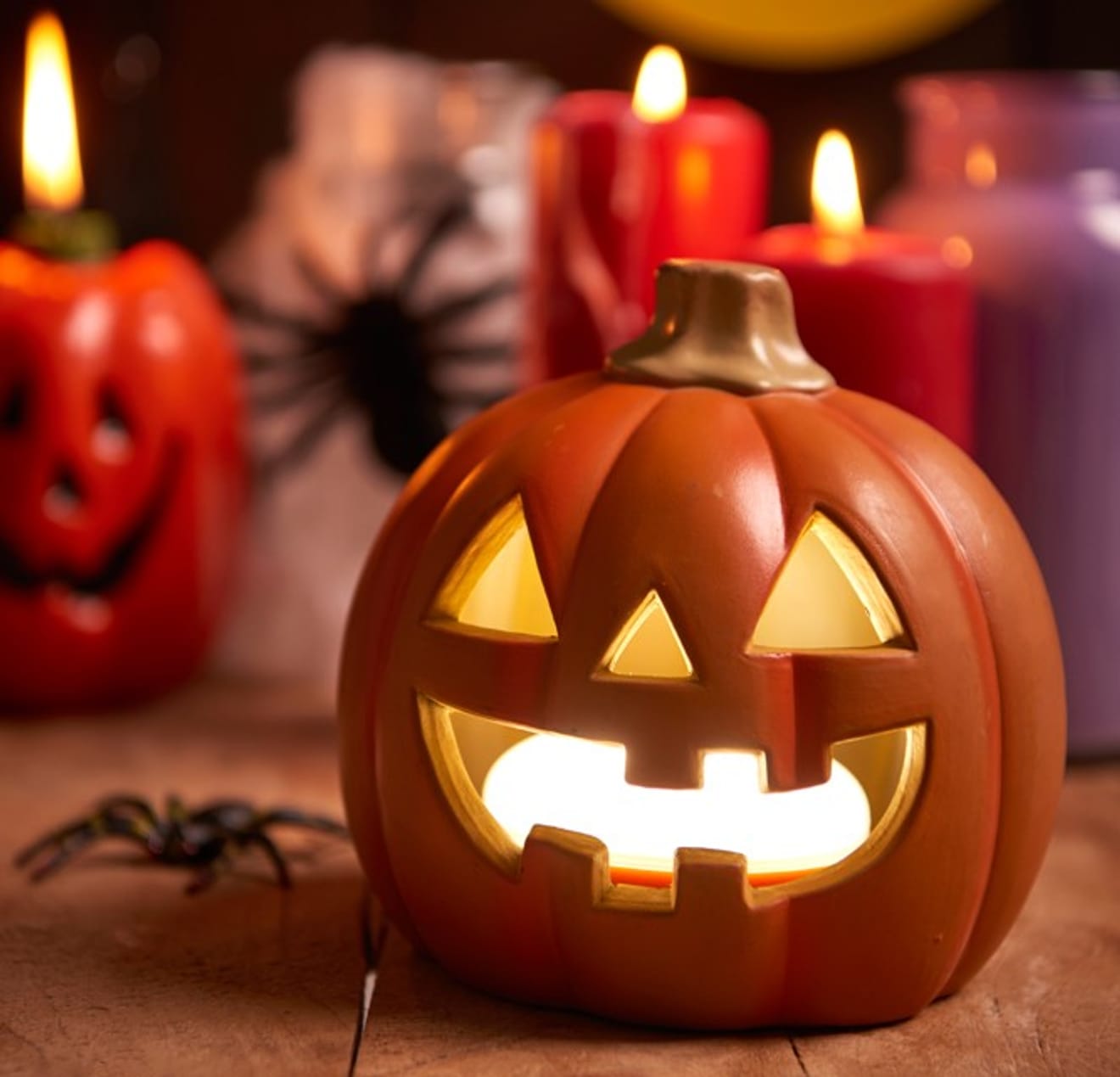
One of the symbols that represents Halloween is thejack-o'-lantern.
The jack-o'-lantern, carved from a pumpkin, has the meaning ofdriving away evil spirits, and
is related to the story of a character named Jack in Irish legend.
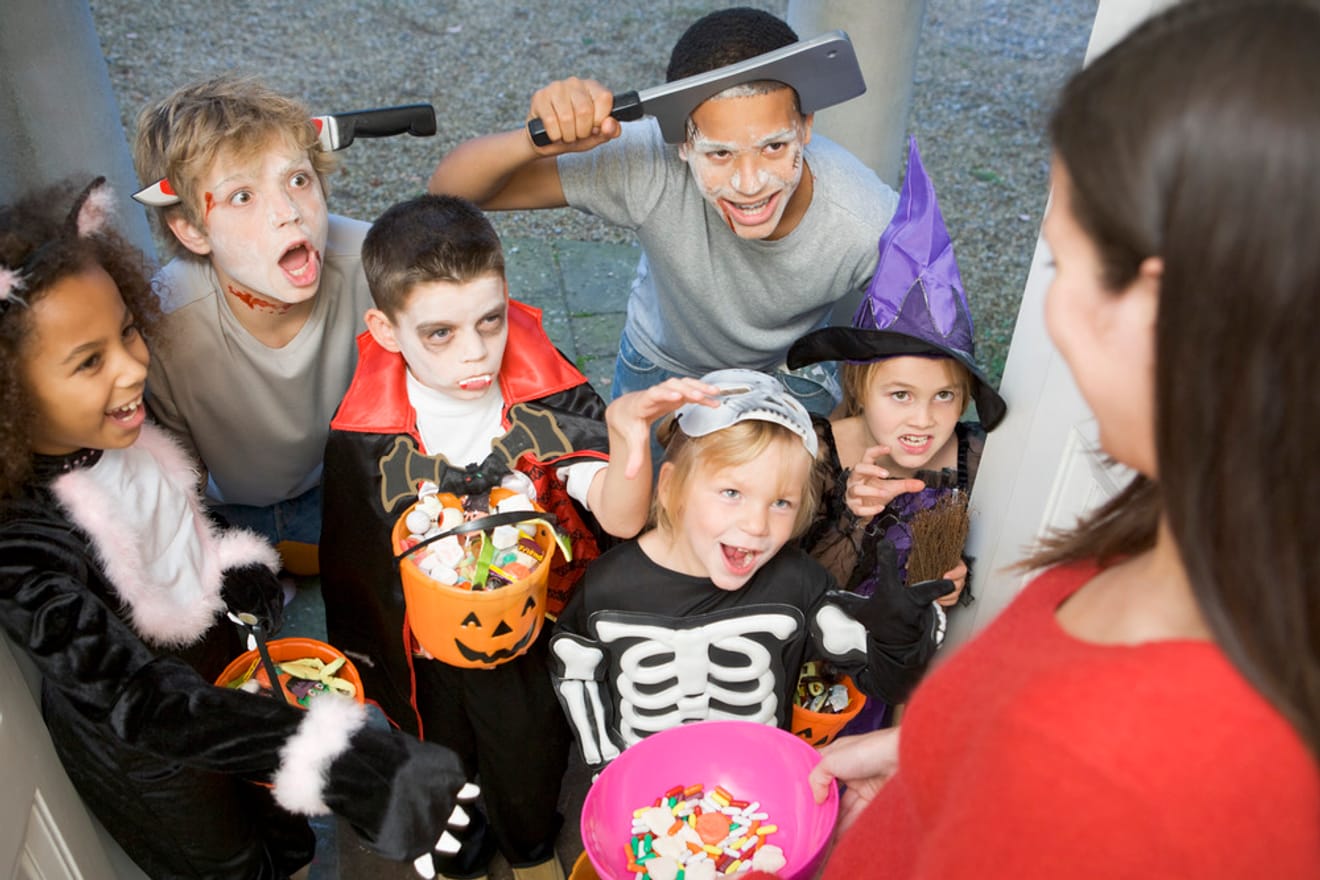
Also, the ‘trick or treat!’ where children go from house to house collecting candy,
originated from a custom in the medieval period of sharing food with the poor.
‘Give me treats, or else I'll play a trick on you!’ is the meaning.
🎃
Cultural festival or excessive commercialism?
Halloween has evolved into a new form of festival, incorporating various cultures.
It has become even richer through exchanges with festivals from other cultures, such as Mexico’s Day of the Dead.
Commercially, the sale of related products has increased, contributing to the revitalization of local commerce and attracting tourists.
In particular, in Korea, it became popularized starting in 2010, beginning with English academies employing native English-speaking teachers.
Events that were held on a small scale in areas with a high percentage of foreigners have since become an unofficial holiday among young people.
I've had the experience of encountering students in their teens and twenties who were dressed up in spooky costumes on the subway line 2 on Halloween Day,
heading to Hongdae, Sinchon, and Konkuk University. (I was so surprised!!!)
Among them, Itaewon was a preferred location for young Koreans to celebrate Halloween.
After the relocation of the USFK to Pyeongtaek, the proportion of young Koreans increased compared to foreign tourists.
However, with the global spread of COVID-19, various events were canceled, and the Itaewon business district quickly collapsed.
On the night of October 29, 2022, with the easing of social distancing and outdoor mask mandates becoming visible,
many people flocked to Itaewon to enjoy the festival after a long time.
However, a large-scale stampede occurred as crowds surged into a narrow alleyway leading up a slope in front of the Hamilton Hotel.
159 people died and 195 were injured. This accident was the largest loss of life in South Korea since the Sewol Ferry sinking in 2014, which resulted in 304 deaths.
Since then, Halloween has been observed in a relatively quiet atmosphere, commemorating the heartbreaking accident.
It's good to celebrate, but isn't it excessive...? 🙄
Halloween, which should develop into a festival that respects diverse cultures and practices sharing with disadvantaged neighbors,
has become stronger in inciting excessive consumption under the pretext of relieving stress and escaping from daily life,
and I think it has been tainted by excessive commercialism by simply borrowing other cultures.
My working mom colleague was glad that her kindergarten wasn't celebrating Halloween this year and that she didn't have to buy a costume.
As Halloween week approached, news articles on the topic started appearing.
In particular, police costumes are illegal, so absolutely do not purchase or wear them.
Violators may face imprisonment for up to six months or a fine of up to KRW 3 million.
Sellers may also face imprisonment for up to one year or a fine of up to KRW 10 million.
Are there no events like Halloween in Korea? The answer is “yes.”
Nore (儺禮): A ritual to ward off evil spirits and pray for good fortune
Since ancient times, our ancestors performed a special ritual on New Year's Eve to ward off evil spirits and pray for good fortune in the new year.
This ritual is called ‘Nore’, and it involved various methods, such as wearing masks, chanting incantations, and dancing.
The scene appeared in theSBS drama <Moon Lovers: Scarlet Heart Ryeo>which aired in 2016.
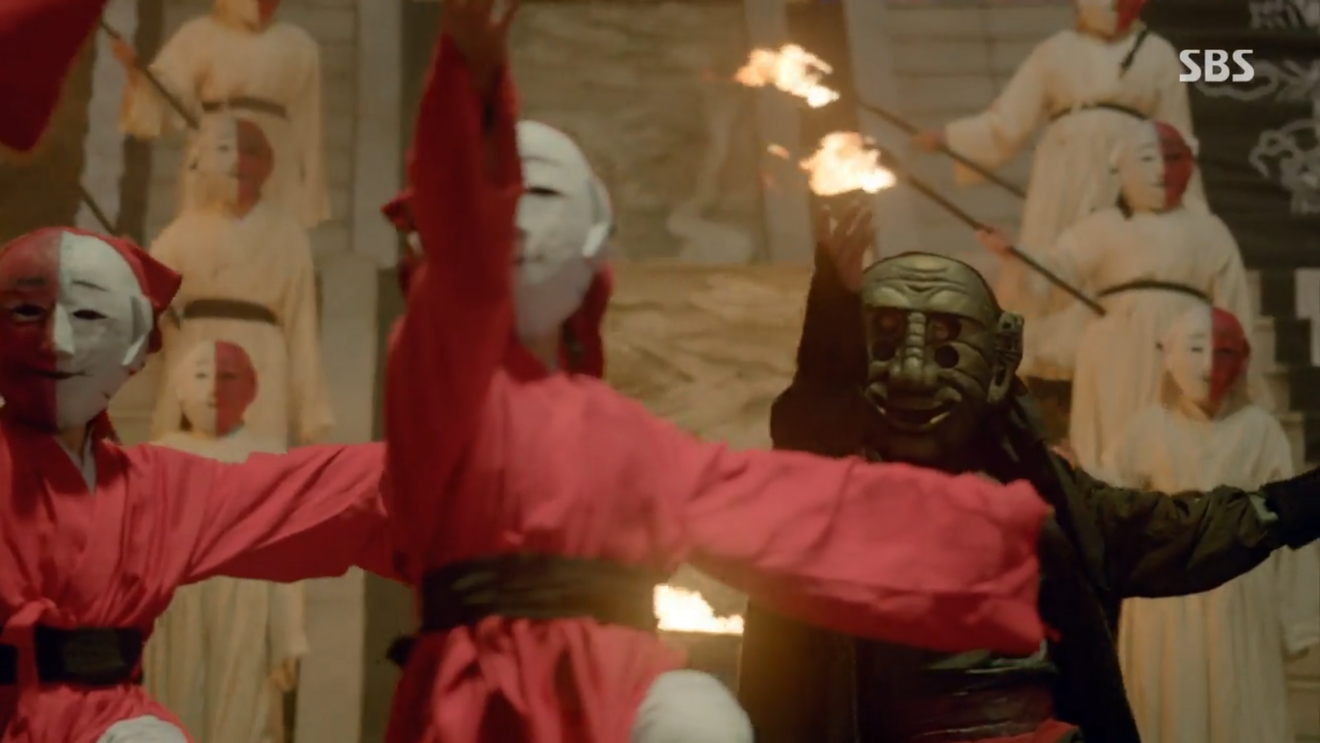
Source: SBS drama <Moon Lovers: Scarlet Heart Ryeo> Episode 2
The origin of Nore can be traced back to China.
In ancient China, Nore was performed as a ritual to ward off evil spirits and pray for good fortune,
and this culturespread to Korea during the Goryeo dynasty becoming a court ritual.
During the Joseon Dynasty, Nore remained one of the important state rituals, performed not only by the royal family but also by ordinary people.
How was Nore performed?
Nore was performed in the royal court with great precision and scale.
Young men were selected, dressed in red robes and masks, and made to dance while playing musical instruments.
In particular, the figure wearing the ‘Bangsangsi’ mask took on the role of warding off evil spirits with a fierce expression and a large physique.
In addition, other people wearing various masks appeared, adding to the festive atmosphere.
The biggest characteristic of Nore is thatit had both a ritualistic aspect of driving away evil spiritsand afestivenature.
By performing Nore in the royal court with splendid costumes and music, it provided entertainment for the people,
while simultaneously conveying the meaning of praying for the safety of the nation.
Changes in Nore
Initially, the ritualistic aspect of warding off evil spirits was emphasized,
but as the Joseon Dynasty progressed, its festive nature was strengthened.
In particular, Nore held in the royal court took on the character of a festival providing the people with entertainment through splendid costumes, music, and dance.
This means that it developed into a festival praying for the unity and well-being of the social community.
Through Nore, people gathered together, spent enjoyable time, and celebrated the end of the year and the beginning of the new year.
Fading Tradition
However, as the Joseon Dynasty entered its late period, Nore began to decline.
With the influx of new cultures, Nore, a traditional ritual, no longer attracted people's attention.
In the end, Nore disappeared into history, but remains as a valuable cultural heritage of our ancestors.
While Halloween is great, I hope this October will be a richer one where we accurately understand our own culture as well. 🤗

Comments0